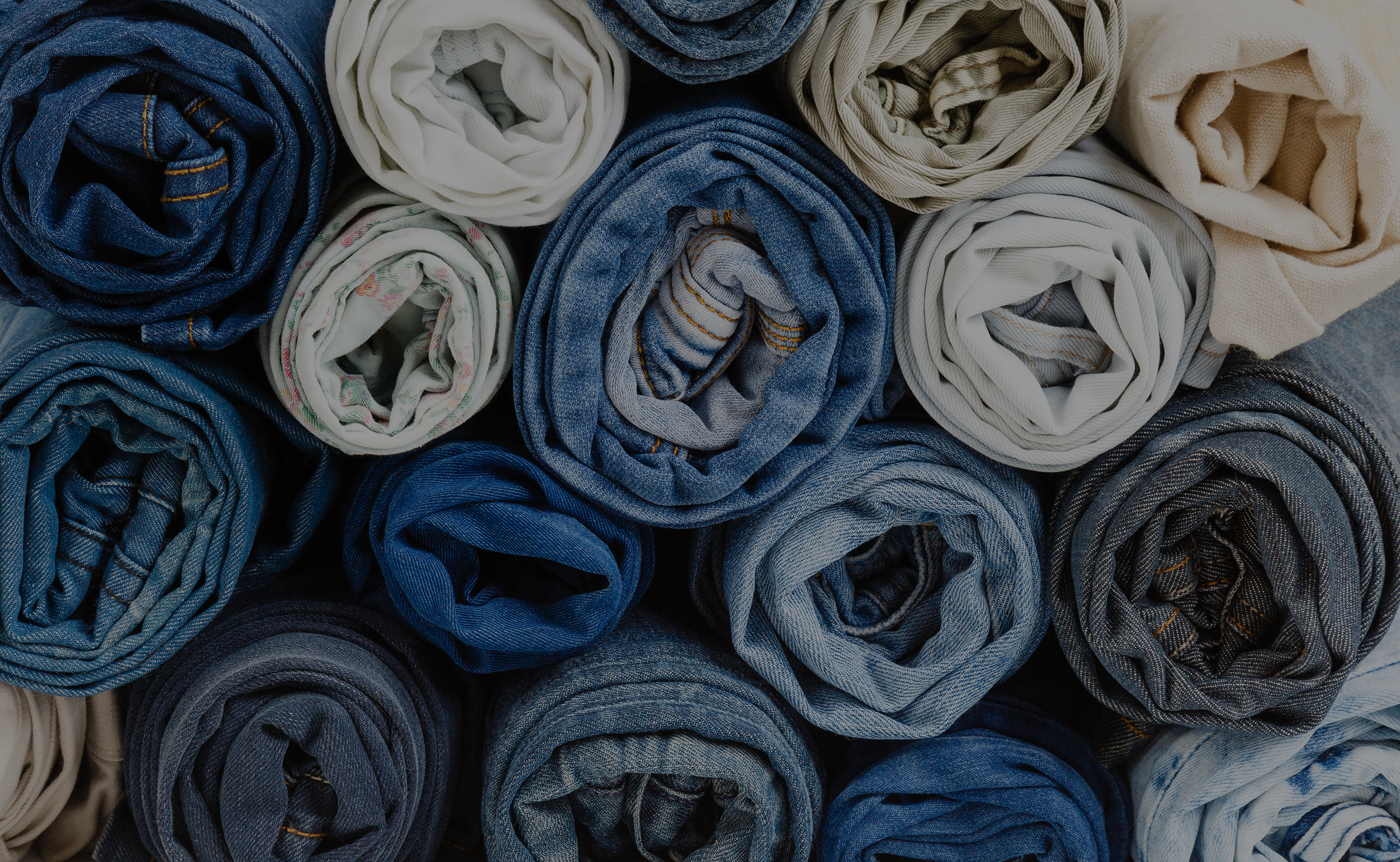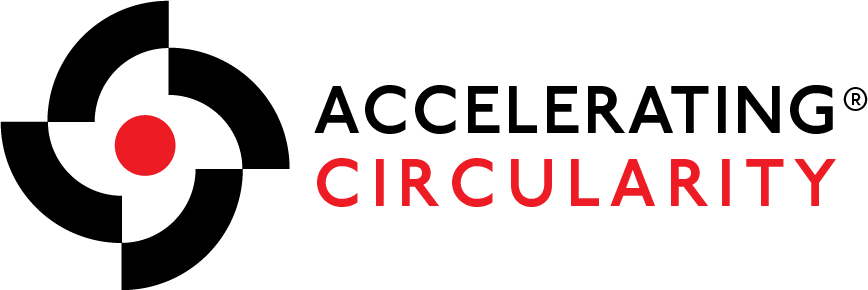
LEARNING CENTER
Welcome to our Learning Center, your gateway to a wealth of knowledge and resources dedicated to transforming the textile industry. Whether you're a circularity professional or just starting out on your circularity journey, our curated content will equip you with the insights and tools needed to champion circular solutions.
OVERVIEW
To address these challenges, a transformative shift is needed: the transition to a circular textile economy. In a circular model, textiles are designed for durability, reuse, and recycling, minimizing waste and maximizing resource efficiency. This approach not only reduces environmental impact but also unlocks economic opportunities and fosters innovation.
Accelerating Circularity is at the forefront of driving this circular transformation. We collaborate with industry stakeholders, innovators, and policymakers to develop and implement circular solutions. Our work spans research, pilot projects, and knowledge sharing, all aimed at creating a textile industry where waste is eliminated, resources are valued, and sustainability is the norm.
The Textile Industry's Linear Problem and the Circular Solution
The textile industry, a vital part of our global economy, faces a significant environmental challenge: its linear "take-make-dispose" model. This traditional approach relies on extracting vast amounts of raw materials, producing garments and textiles, and ultimately discarding them after a short lifespan. This linear model contributes to resource depletion, pollution, and textile waste, which clogs landfills and pollutes our oceans.
The environmental impact of this linear model is staggering. Textile production consumes enormous quantities of water and energy, and releases harmful chemicals and greenhouse gases. Additionally, the disposal of textile waste creates environmental hazards and squanders valuable resources.
A CIRCULAR ECONOMY MODEL FOR TEXTILES
In the context of textiles, a circular economy is a model that aims to minimize waste and make the most of resources by keeping textiles in use for as long as possible. This involves designing products that are durable, repairable, and recyclable, and promoting practices like reuse, repair, and recycling to extend the lifespan of textiles and reduce the need for virgin materials. The circular economy model contrasts with the traditional linear model of "take-make-dispose," where textiles are often discarded after a short period of use, contributing to environmental problems such as pollution and resource depletion.
USED SPENT TEXTILE HIERARCHY
Accelerating Circularity's Spent Textile Hierarchy chart outlines the preferred order of handling textiles at the end of their life to minimize waste and maximize resource utilization. The Spent Textile Hierarchy is needed to guide decision-making about the most sustainable and responsible ways to handle textiles at the end of their useful life. Here's why:
Minimizes Environmental Impact
By prioritizing redesign and reuse over disposal, the hierarchy helps reduce the overall environmental footprint of the textile industry. This includes conserving resources, decreasing pollution, and avoiding landfill waste.
Maximizes Resource Efficiency
The hierarchy promotes the extraction of maximum value from textiles. This could mean extending their use through repair or resale, or recovering valuable materials through recycling for use in new products.
Guides Industry Practices
The hierarchy provides a clear framework for businesses and individuals to make informed choices about textile disposal. It encourages sustainable practices and helps move the industry towards a circular model.
Educates Consumers
The hierarchy raises awareness among consumers about the environmental consequences of textile waste and empowers them to make more responsible choices about their clothing and textile consumption.
Overall, the Spent Textile Hierarchy is a valuable tool for promoting sustainability and circularity within the textile industry.
It's structured similarly to the classic "reduce, reuse, recycle" hierarchy but tailored for textiles:
Redesign/Reduce
The most preferred option is to redesign products and systems to minimize textile waste from the outset. This could involve using more durable materials, designing for repairability, or reducing overproduction.
Reuse
If redesign isn't possible, the next best option is to reuse textiles as they are. This could include reselling, donating, or repurposing garments and other textile products.
Repair
Repairing damaged or worn textiles extends their lifespan and prevents them from being discarded prematurely.
Recycle
When textiles can no longer be reused or repaired, recycling them is the next preferred option. This involves processing textile waste into new fibers or materials for use in new products.
Recover
In some cases, textiles may be unsuitable for direct recycling. Recovery methods aim to extract value from these textiles, such as using them for energy generation or industrial purposes.
Disposal
Landfilling or incineration should be the last resort when all other options have been exhausted.
The hierarchy emphasizes prioritizing waste prevention and higher-value utilization of textiles before resorting to disposal.
Disposal
Landfilling or incineration should be the last resort when all other options have been exhausted.
The hierarchy emphasizes prioritizing waste prevention and higher-value utilization of textiles before resorting to disposal.
Playbook
Accelerating Circularity's Playbook is a comprehensive guide for businesses seeking to implement circular practices within the textile industry. It offers a step-by-step roadmap, from understanding the fundamentals of circularity to designing and implementing circular strategies. The Playbook provides practical tools, case studies, and insights to support businesses in their transition towards a more sustainable and circular model.
Circular Textile Value Chain Overview
Below are the roles of each actor in the textile-to-textile circular system.
Circular Role
Choosing sustainable brands, extending the life of garments through repair and reuse, and responsibly delivering unwanted textiles to facilities for end of life solutions.
Impact
Reduced demand for new products, increased utilization of existing garments, and decreased textile waste.
Consumers
Brands and Retailers
Circular Role
Efficiently collecting and sorting used textiles for reuse, repair, and recycling.
Impact
Increased supply of used textiles for circular processes including reuse, repair and recycling, reduced landfill waste, and job creation in the recycling sector.
Circular Role
Implementing eco-friendly production processes, minimizing waste and diverting cutting and manufacturing scraps for recycling use.
Impact
Reduced waste and pollution, and increased potential for material recovery and recycling.
Manufacturers
Circular Role
Developing and providing technologies that enable circular practices, such as fiber identification, automated sorting, and recycling technologies.
Impact
Improved efficiency and scalability of circular processes, increased potential for material recovery, and accelerated innovation in the industry.
Innovation Providers
Circular Role
Efficiently collecting and sorting used textiles for reuse, repair, and recycling.
Impact
Increased supply of used textiles for circular processes including reuse, repair and recycling, reduced landfill waste, and job creation in the recycling sector.
Collectors and Sorters
Recyclers
Circular Role
Developing and scaling innovative recycling technologies to process used textile and produce high-quality recycled materials.
Impact
Increased availability of recycled materials, reduced dependence on virgin resources, lower GHG emissions, waterand minimized environmental impact of textile disposal.
Circular Role
Creating supportive policies and regulations that incentivize circular practices and level the playing field for sustainable businesses.
Impact
Accelerated transition to a circular economy, increased investment in circular solutions, and reduced environmental impact of the industry.
Policymakers
and Regulators
Circular Role
Fostering collaboration across the value chain to share knowledge, resources, and best practices, and to co-create circular commercial systems not possible by single entities.
Impact
Increased collective impact, accelerated innovation, and systemic change towards a circular textile economy.





